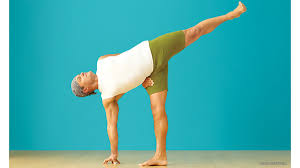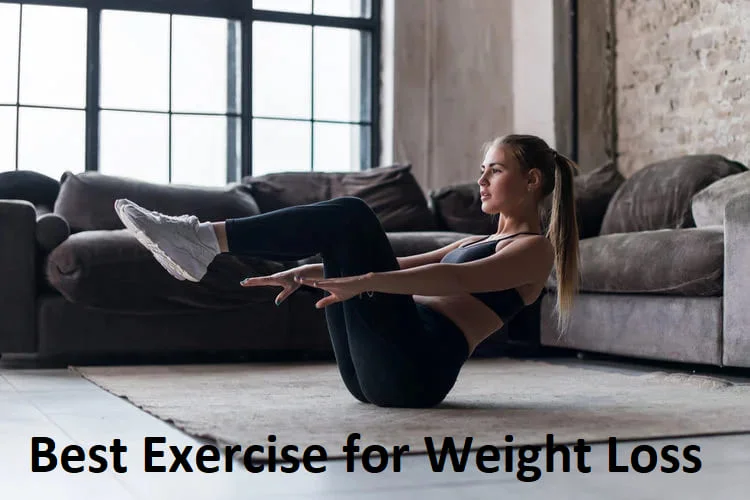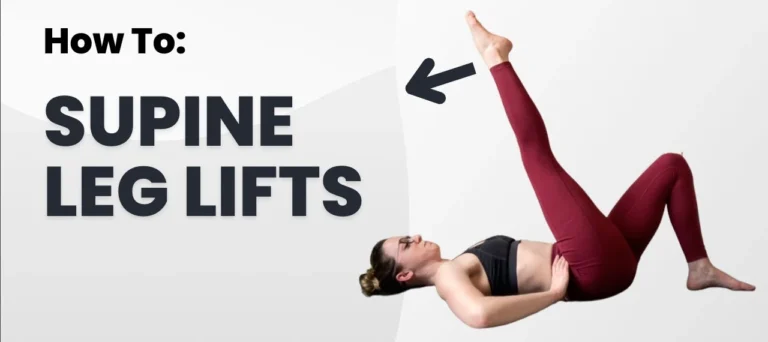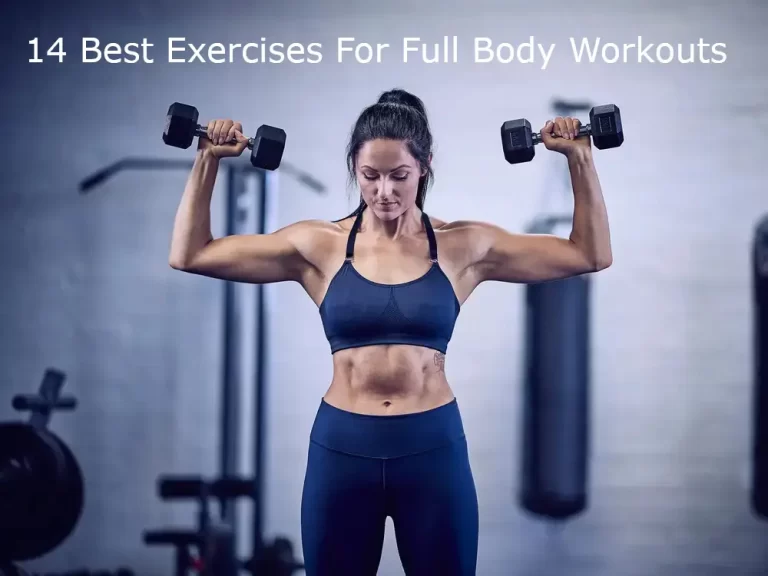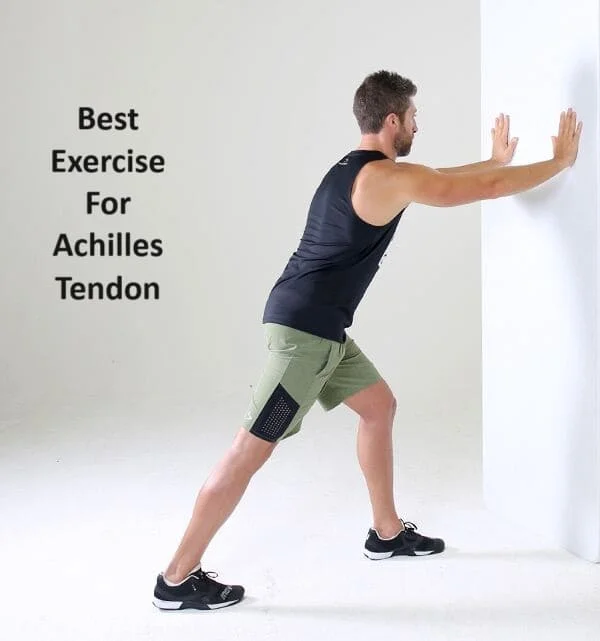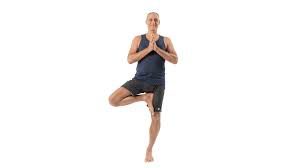Utkatasana (Chair Poses)
Utkatasana is a standing asana in modern yoga, Chair Pose, It was a squatting asana in medieval hatha yoga.
Table of Contents
Steps of Utkatasana (Chair Poses)
Stand erect with your feet slightly apart.
Stretch your hands to the front with palms facing downwards. Do not bend your elbows.
Bend the knees and gently push your pelvis down as if you are sitting in an imaginary chair.
Be comfortable or at least try to be! To get a better feel of the Chair Pose, imagine reading a newspaper or typing on a laptop as you remain seated.
Ensure that you keep your hands parallel to the ground.
With awareness, sit straight and lengthen your spine. Relax.
Keep breathing and flip through the pages of the newspaper, enjoying national and international news. Chair Yoga Pose | Utkatasana Yoga Pose
Sink deeper into the chair by gradually going down but ensure that your knees don’t go beyond your toes.
Keep going down slowly and then sit down in Sukhasana (cross-legged posture). If you want, you may lie down on your back and relax.
Utkatasana (Chair Poses) Video
Benefits of Utkatasana (Chair Poses)
Strengthening of the hips:-
The position of the hips in this pose, is beautifully placed, taking the weight of the upper body and with practice the muscles around the hips gain strength giving the entire hip a strong look.
Deep stretch to the upper body:-
The entire upper body, the shoulders, the chest, the spine, the neck, the middle and upper back get stretched in this pose, while the lower body gets strong.
Joints of the knees and the ankles get toned and strong:-
While the upper body at the hips bend, the lower body takes some weight of the body in Utkatasana, giving the knee and the ankle joint the required pressure. This pressure slowly improves the joints and gives a toned look.
The entire leg gets the stretch making it strong:-
While at the pose the bending of the knees adds a slight stress to the thighs at the quadricep muscles, and the hamstring muscles, including the calves, giving strength gradually to the entire leg.
Massages the abdominal muscles:
Utkatasana also helps the core muscles by tightening the abdominal muscles while holding the pose. Pulling in the tummy in while trying to bring the navel close to the spine, tightens the abdominal muscles bringing strength. This acts as a great massage to the organs too.
Opens the chest for better breathing:-
The expansion of the shoulders brings an expansion of the chest and helps the diaphragm to expand improving breathing. A conscious effort is needed to understand the movement of the body while deep slow breathing happens in this pose.
Improves the entire nervous system:-
Considering the joints being activated and toned in this pose, and also with the deep stretch of the entire spine, the entire nervous system to improves and get toned.
Improves the stamina and immune system:-
With the expansion of the chest, the breathing improves which takes care of the immune system. Building endurance here, trying to hold the pose for a longer duration, builds stamina too. Hence the overall body gets toned and builds stamina.
Improves the balance and hence builds focus:-
To stay in Utkatasana, the strength of the muscles plays a great role, in improving the balance of the body. To remain in balance, focus plays a great role here. In all, balance and focus go hand in hand, and Utkatasana is both physically and mentally taxing.
Excellent for athletes:-
This pose strengthens the quadriceps, hamstrings, and calves, which are the essential muscles for most athletes. Hence can be considered as a great pose to be added to the regular routine of stretches for athletes. The tightening of the knees in this pose, also helps to absorb shock, which is a great advantage for athletes.
Strengthens:-
Vertebral column, Thigh, Calf, Ankle.
Stretches:-
Thorax, Shoulder.
Pose type:-
Standing, core.
Contraindication:
Chronic knee pain or knee injury will make the practice of this pose difficult, due to the pressure on the knee and kneecap. Hence best done once completely healed or once the knees are strong enough.
The lower back acts like a base to this pose and helps balance the body gracefully, so with slight back pain or injury, this pose would make the muscles stiffer and hence best to avoid.
Injury at the feet or the ankles may be best avoided, as the pressure at the heels and the feet may make it uncomfortable.
Severe arthritis will create more joint pain, and hence best done slowly with guidance or mastery of simpler poses to reduce the symptoms of arthritis before practicing this pose.
This pose can cause giddiness initially, and hence best to avoid if suffering from headaches and low blood pressure.

![Chair Poses [Utkatasana]](https://mobilephysiotherapyclinic.net/wp-content/uploads/2023/12/Chair-PosesUtkatasana.webp)
